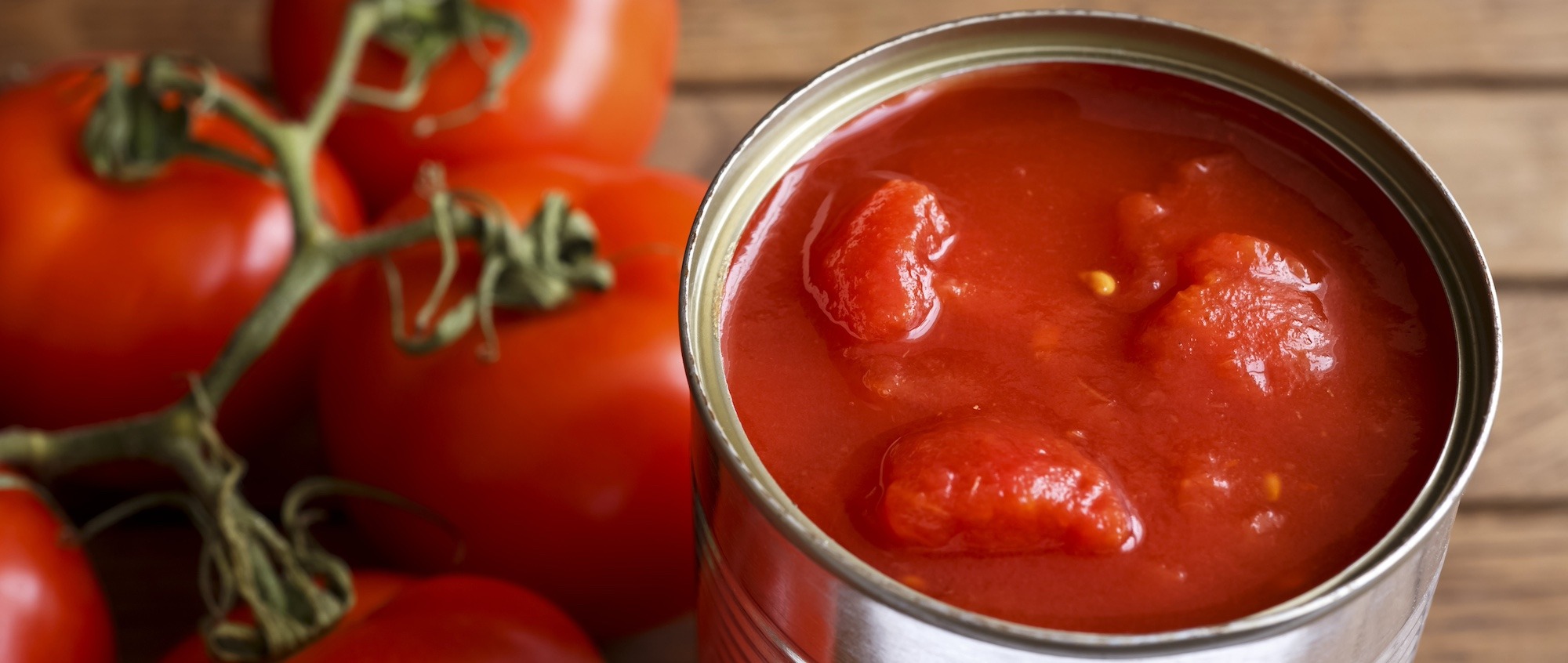
History of a masterpiece.
The tomato plant – a semi-wild species with small berries - originated in Peru three thousand years before the arrival of the European conquerors in Cortès’ retinue; its use for cooking was widespread among the Mayas and Aztecs who cultivated it with maize and called the fruit “xitomatl”. The variety that arrived in Europe much later, brought by the Spanish ships, was improved and more digestible, and it had already become an essential ingredient at the table of the great Emperor Montezuma. In Europe, however, it was greeted with some suspicion and considered unpalatable, and even poisonous by some. It was first used in European cooking in the 18th century, as recorded by historians, naturalists, courtiers and cooks. The first recipe for the classic tomato sauce was by Francesco Leonardi, cook for Empress Catherine the Great of Russia; from that moment on, nothing would stop the glorious rise of the tomato and in only a short time it would become a favoured ingredient, whether for royal banquets or the simple fare of the humble.